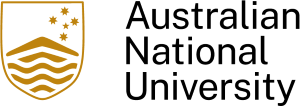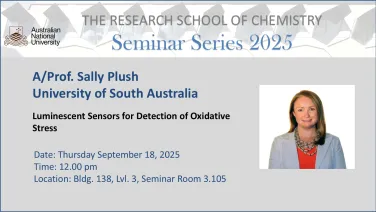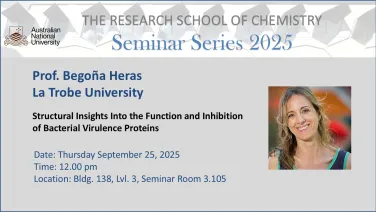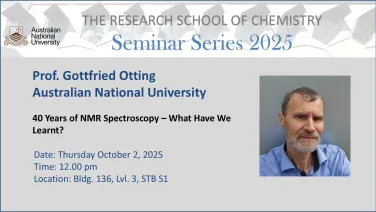RSC School Seminar - A/Prof Hendrik Frisch (Queensland University of Technology)
Title: Synthesis of Synthetic and Peptide-Based Macromolecular Architectures for Interactions with Light
Speakers
Event series
Content navigation
Description

Synthesis of Synthetic and Peptide-Based Macromolecular Architectures for Interactions with Light
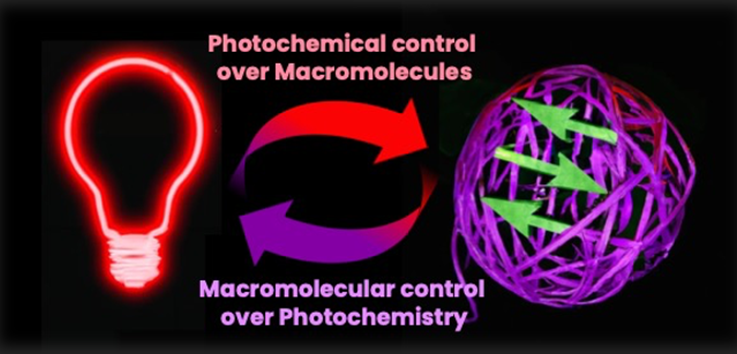
The interplay of light and hierarchical macromolecular architectures enables life on Earth, as exemplified by photosynthesis, which emerges from the precise macromolecular structures of proteins. Synthetic photochemistry has found a plethora of applications, including in dental materials and 3D printing. These synthetic applications utilize the spatiotemporal control of light-gated reactions to manipulate macromolecules.¹
Conversely, we have recently begun to utilize macromolecular architectures to control photochemistry.² By programming a pH-switchable self-assembly into photoligation targets, it is possible to overcome challenges such as concentration limitations and oxygen sensitivity in [2 + 2] photocycloadditions, thereby enabling highly efficient polymer ligations under biocompatible conditions. A change in pH alters the assembly morphology, changing the photophysical properties and halting the photocycloaddition. It is thus possible to switch photoligations "ON" or "OFF" under constant irradiation as a function of pH.
The construction of functional light-harvesting architectures in nature relies on translating the monomer sequence (primary structure) into a perfectly controlled 3D architecture (secondary to quaternary structures). To tap into the potential of naturally occurring biopolymers with synthetic polymers—while circumventing the need for perfectly sequence-defined polymers—we aim to achieve an orthogonal level of sequence definition. This is accomplished by embedding short natural building blocks, such as peptides, into the backbone of synthetic polymers.³ From the defined sequences of amino acids within the peptide segments, a class of synthetic polymers arises, with functions programmed into its main chain.4
[1] P.T. Do, B.L.J.Poad, H.Frisch, Angew. Chem. 2023, 135, e202213511.
[2] F. Sbordone, J. Veskova, B.J. Richardson, P.T. Do, A. Micallef, H. Frisch, J. Am. Chem. Soc. 2023 145, 6221–622.
[3] B. Richardson, C. Zhang, P. Rauthe, A.-N. Unterreiner, D. Golberg, B. Poad, H. Frisch J. Am. Chem. Soc. 2023, 145, 29, 15981–15989.
[4] F. Sbordone A. Micallef, H. Frisch, Angew. Chem. Int. Ed. 2024, 63, e202319839.
Location
Building 136, Lvl 3, STB S1
